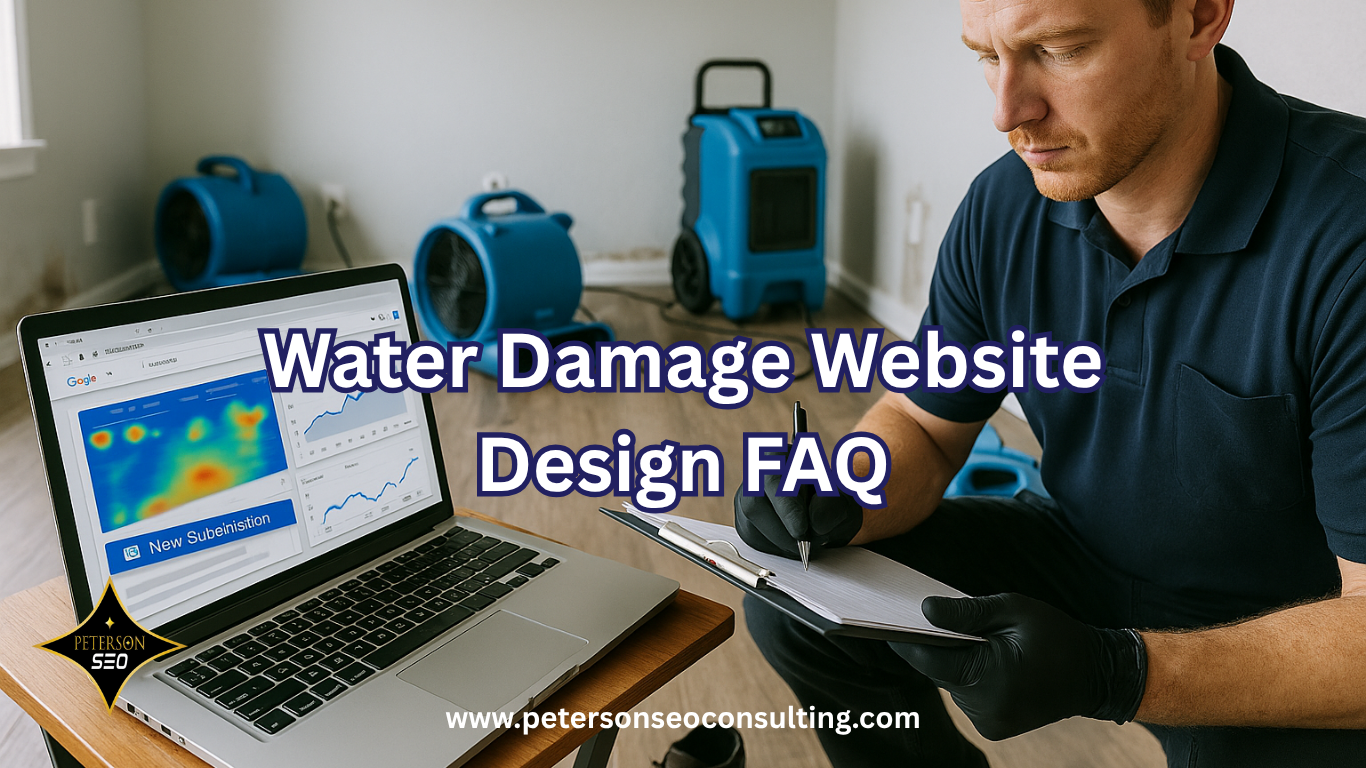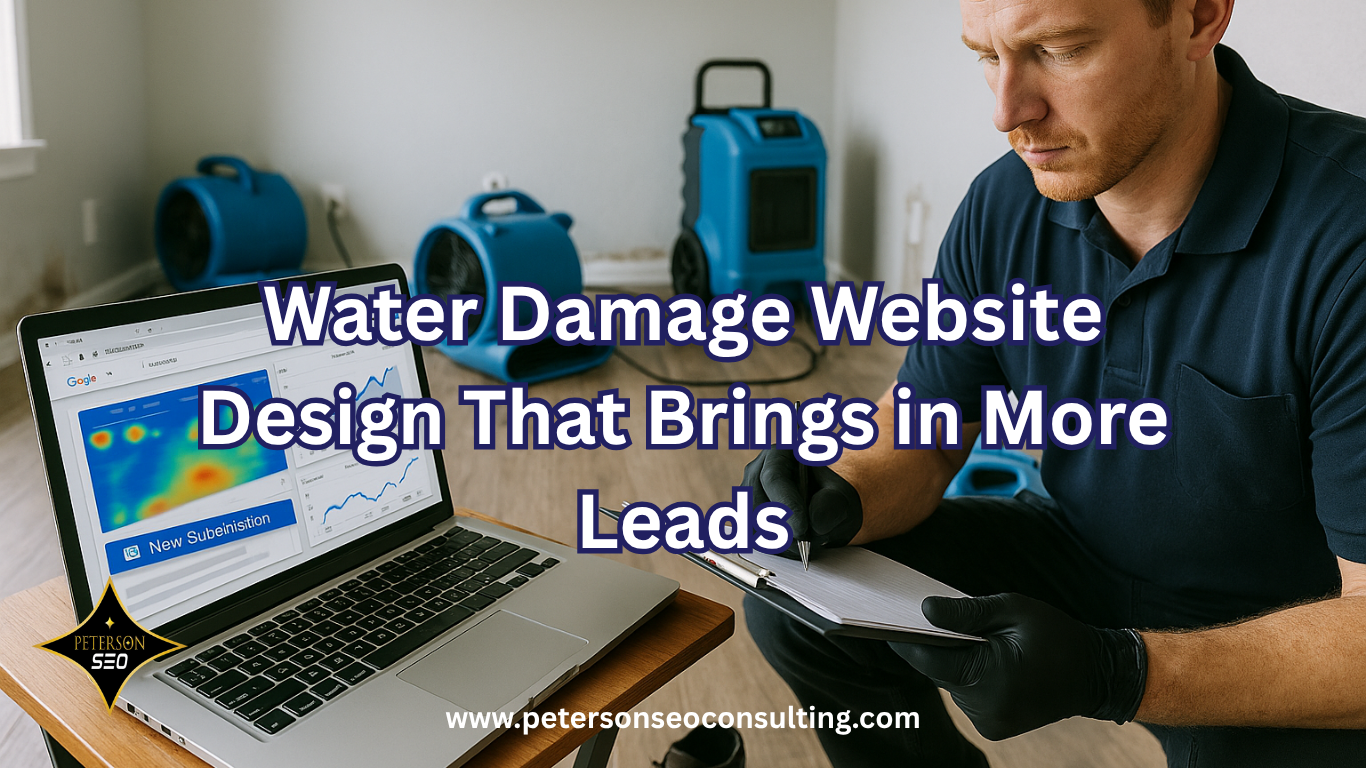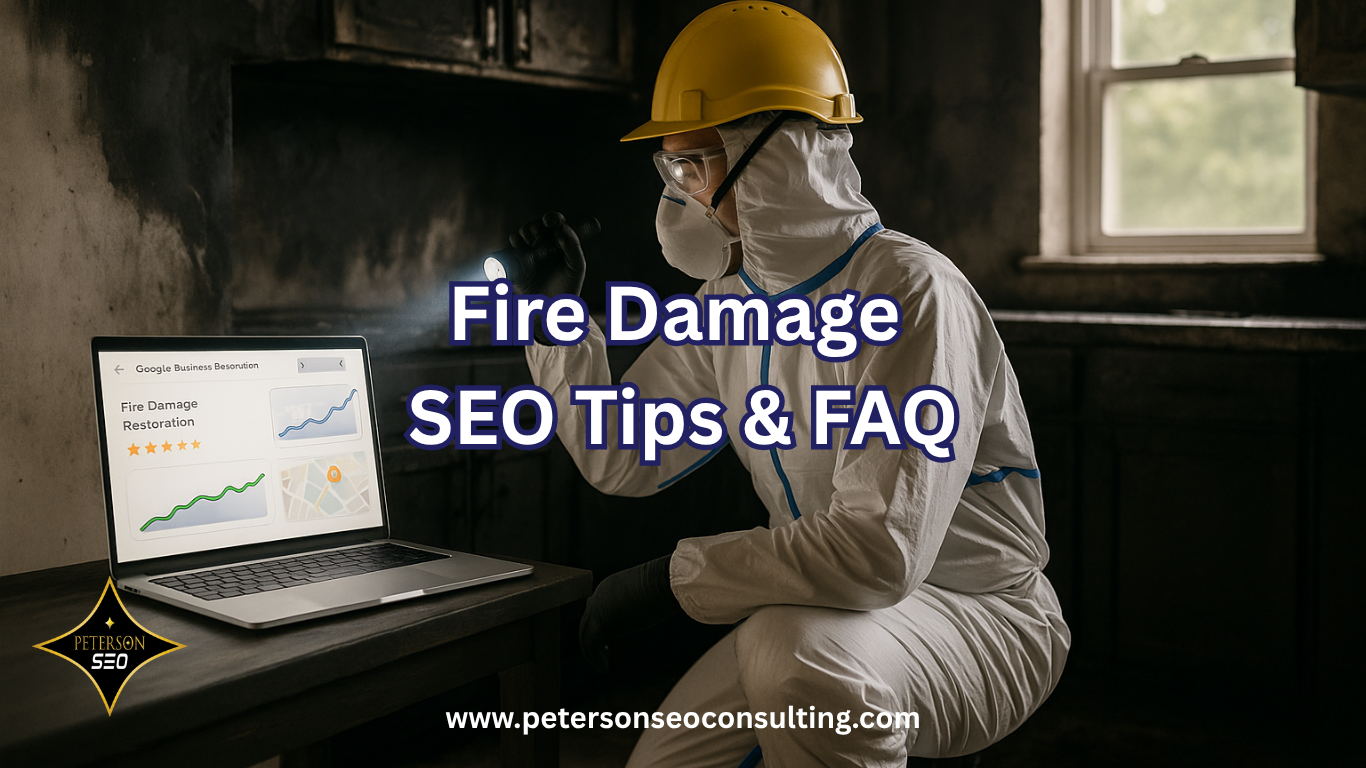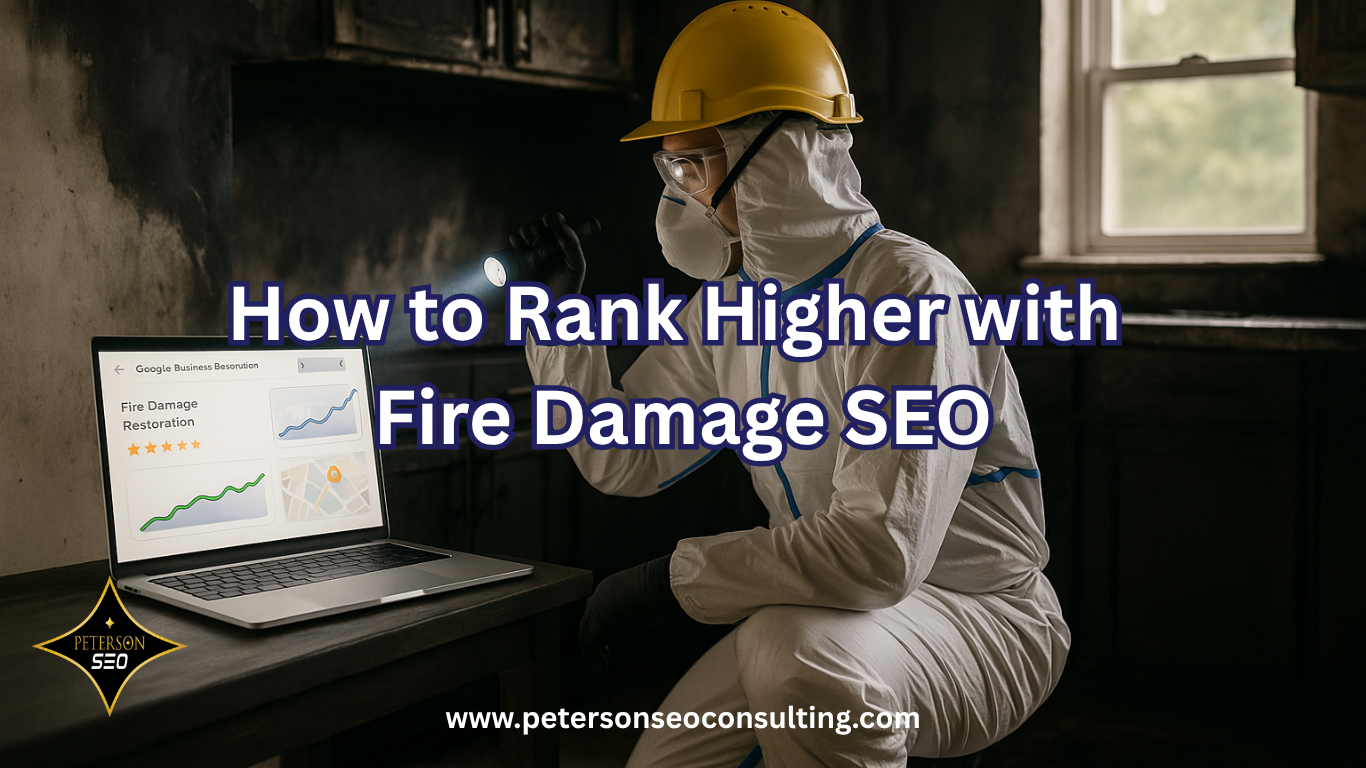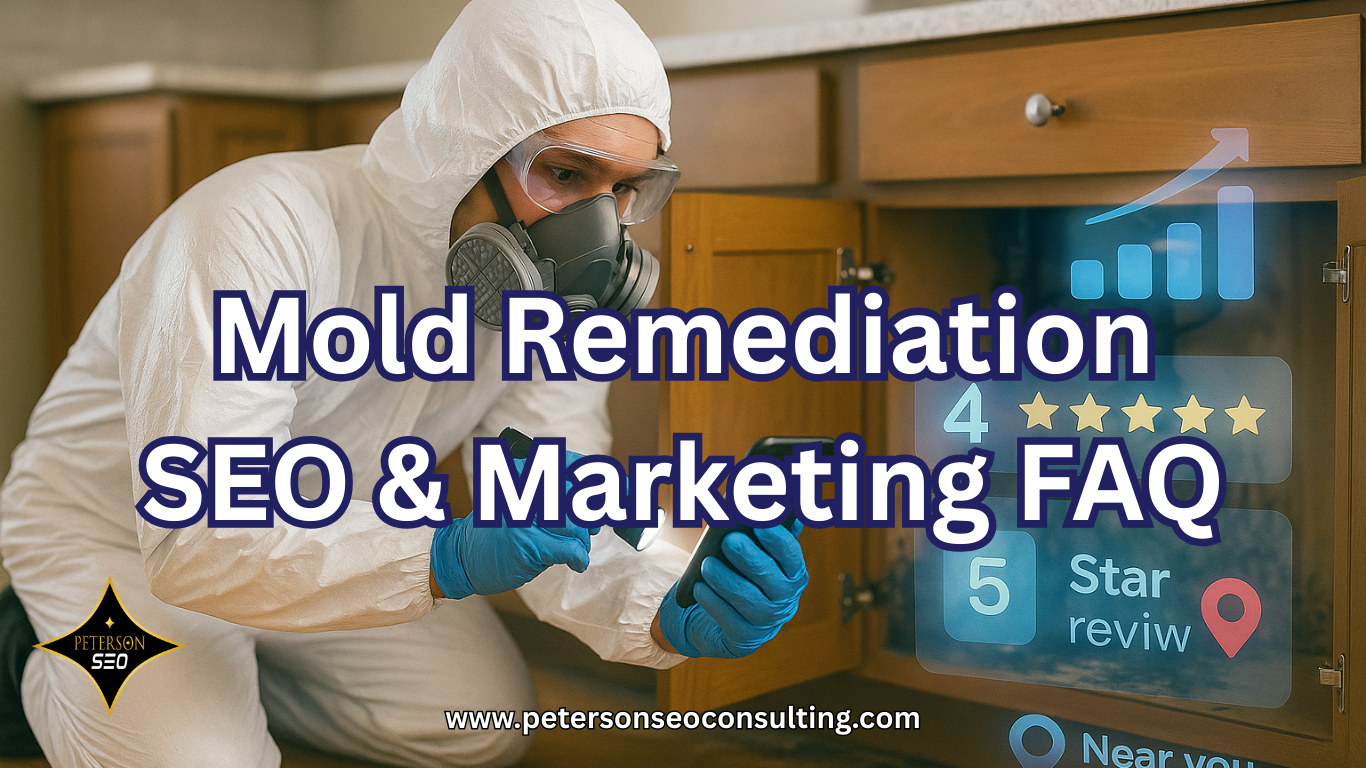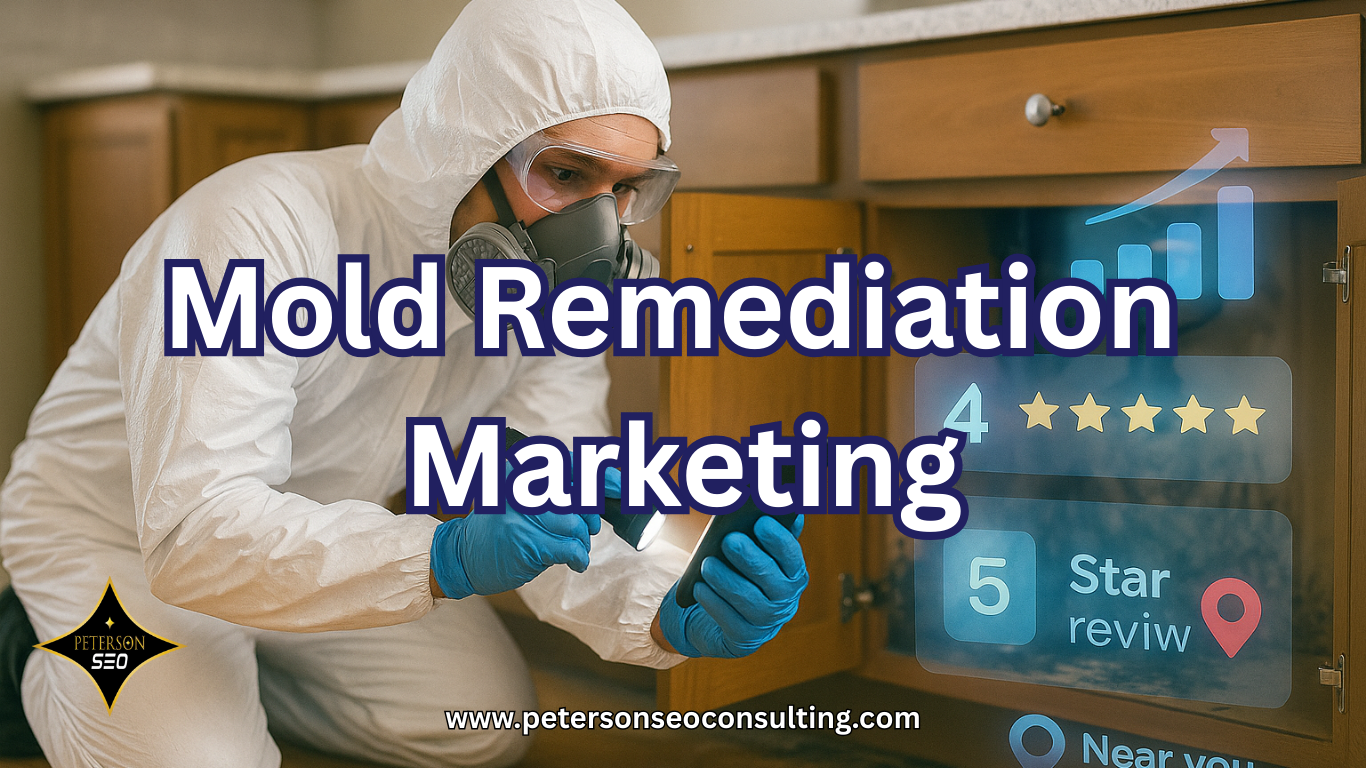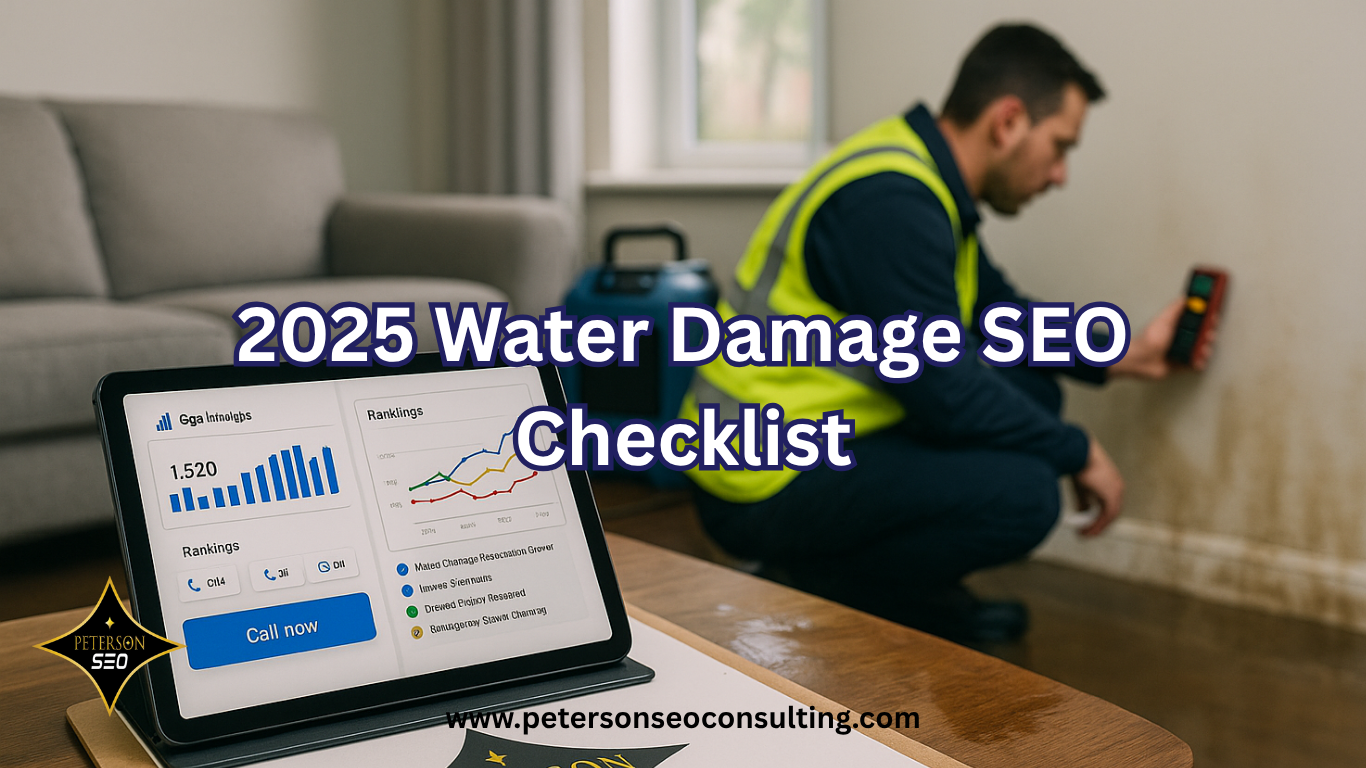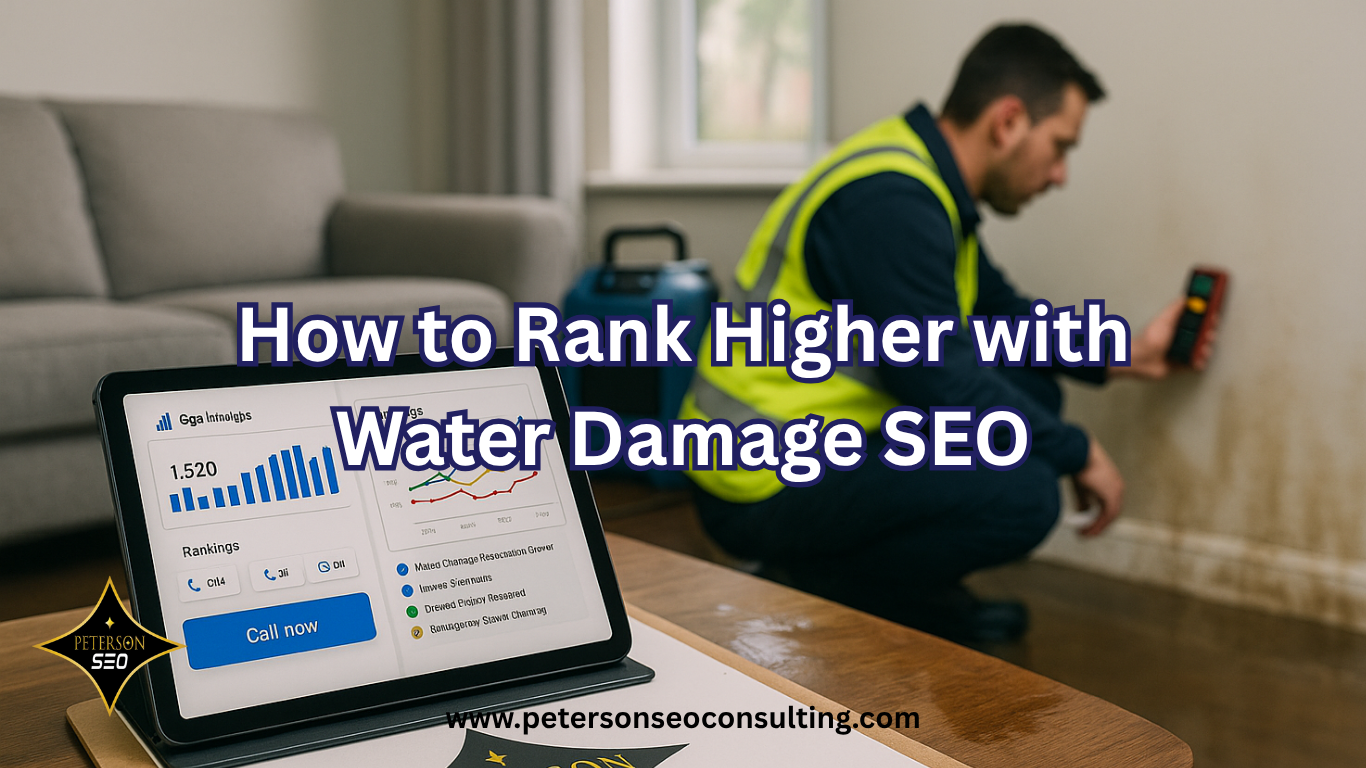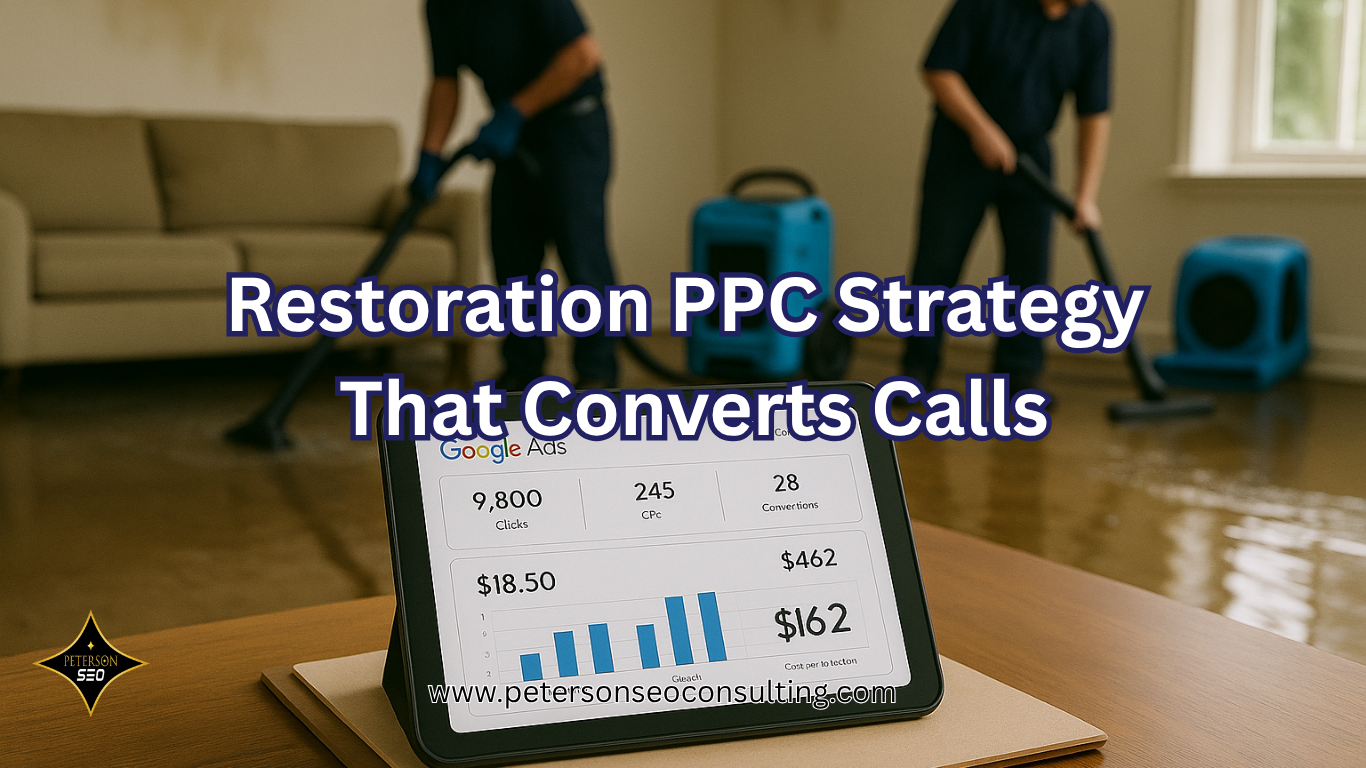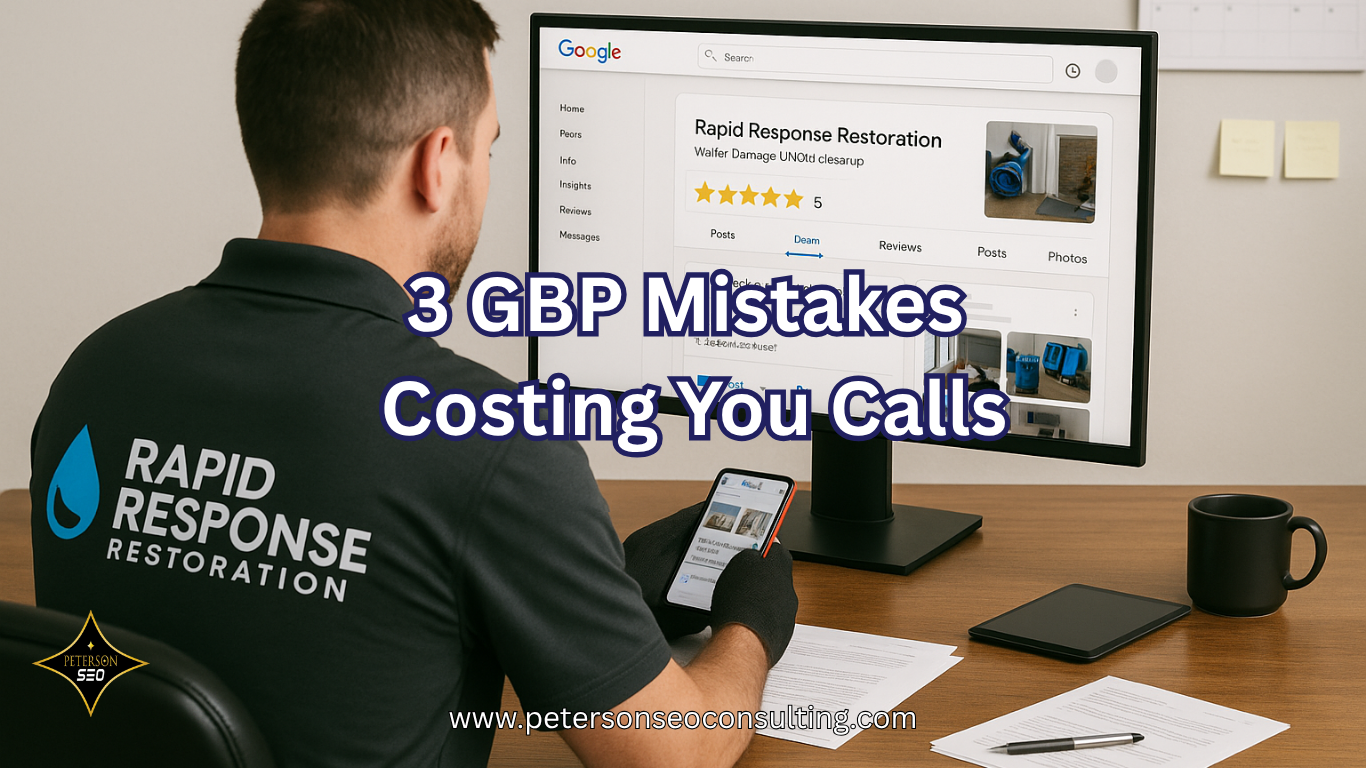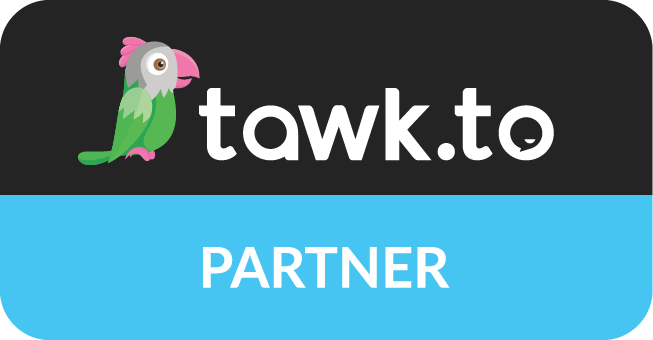Landing‑Page Fixes That Halve PPC Costs
June 26, 2025 | Chico, CA | Albuquerque, NM | USA
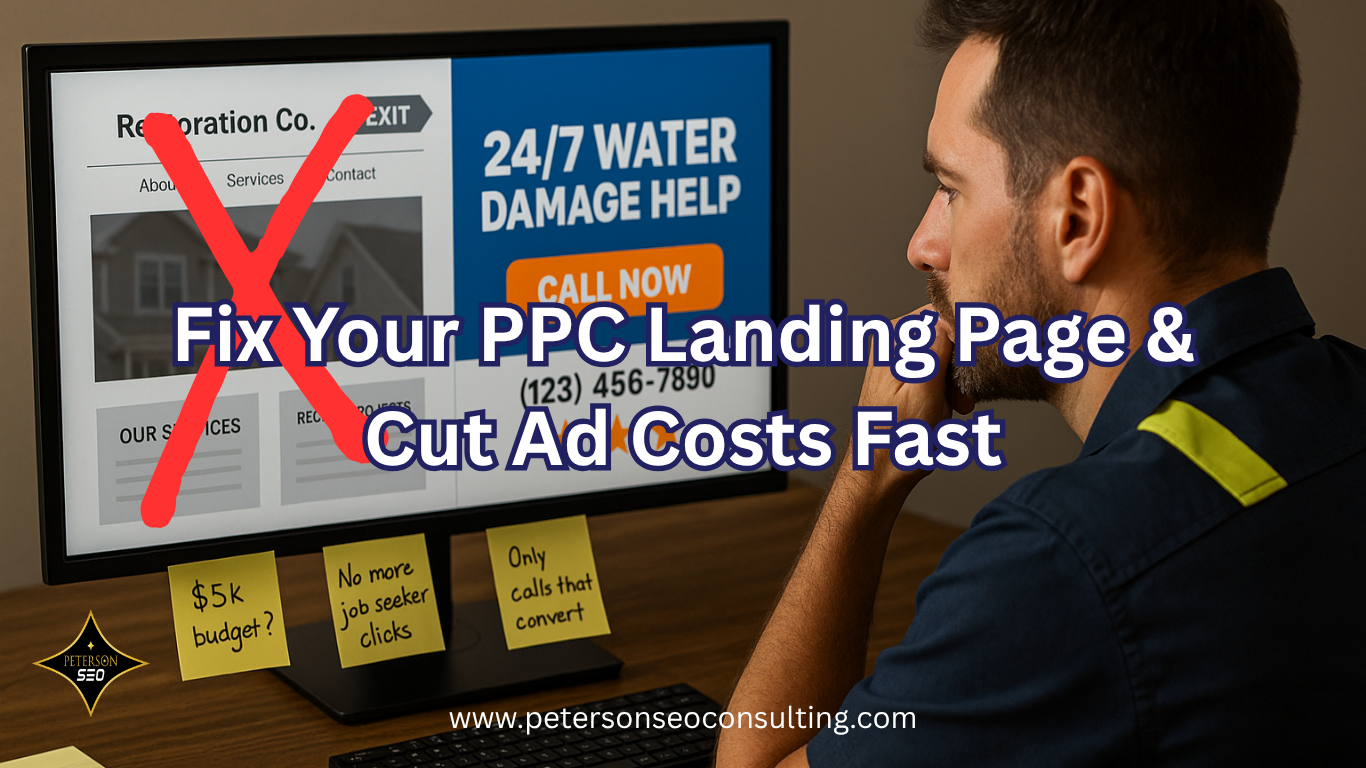
Running Google Ads for your restoration business without a proper funnel is like setting a stack of cash next to a dehumidifier and hoping it dries faster. It doesn’t work—and worse, it drains your budget with nothing to show for it. Whether you’re running ads for water damage, mold removal, or fire cleanup, the biggest mistake most companies make is sending traffic to the wrong page… or worse, the wrong audience.
If you’ve ever said, “I tried Google Ads and they didn’t work,” chances are the problem wasn’t the ads—it was everything that happened after someone clicked. From poorly designed landing pages to lack of geo-filtering or weak retargeting, there are plenty of ways restoration PPC campaigns go sideways fast.
In this section, we answer the top 3 questions restoration contractors ask when running paid ads on Google—and we break down where most folks get it wrong with budget, targeting, and retargeting strategy.
👉 Learn more: How to Build a Restoration PPC Funnel That Actually Brings in Calls
Want your ads to actually turn into booked jobs? Let’s fix your funnel. Book a free strategy call now »
Restoration PPC Funnel FAQ
How much should a restoration company budget for Google Ads?
One of the most common mistakes restoration business owners make is starting with a budget that’s either too small to compete—or spending way too much without a real strategy. Just because your competitor is throwing $10K/month at ads doesn’t mean you should too. What matters more than your spend is your return on that spend.
For most independent restoration contractors, a starting budget of $3,000–$5,000/month is realistic for local campaigns. This range allows you to test, optimize, and stay competitive—especially in small to mid-sized markets. In large cities, or during storm season, $7,000–$10,000 may be required to stay on page one. But again, that number only makes sense if you’re targeting the right audience, using negative keywords, and sending people to a dedicated landing page (not your homepage).
Without a clean funnel, even $5K is wasted. With the right structure—targeted emergency keywords, mobile-optimized landing pages, and full lead tracking—you could see real ROI from that same budget. The key is not just to spend, but to convert. Track cost per lead and optimize from there.
How should I be targeting ads geographically?
Too many restoration campaigns bleed cash by targeting too wide of an area—or worse, targeting the wrong area entirely. If you’re running ads across an entire state when you only have crews in one metro, you’re wasting money on calls you can’t even service.
The best approach is hyper-local geo-targeting. That means choosing specific cities, zip codes, or even radius targeting around your physical service area. For example, instead of targeting all of “Los Angeles,” dial in on “Pasadena,” “Glendale,” and “Burbank” if that’s where you actually work. Google lets you stack location layers, so you can build a precise radius where your ads show—only where you want to drive for jobs.
Equally important is matching your ad copy to the area. If someone in Dallas sees your ad but it doesn’t mention their city, they’re far less likely to click. Use location-specific keywords in your ads and your landing page headlines: “24/7 Emergency Water Damage in Plano,” for example.
Finally, make sure your landing page visuals match your market. Stock photos of tropical houses won’t resonate in Minnesota. Geo-targeting isn’t just about clicks—it’s about conversion, too.
Do I really need retargeting for restoration ads?
Yes—and it’s one of the most underused tools in restoration marketing. Think about this: someone searched “emergency water extraction,” clicked your ad, skimmed the page… but didn’t call. Without retargeting, that lead is gone forever. With retargeting, you can follow them around the web and re-engage them at the perfect time.
The truth is, even high-intent leads sometimes bounce. They might be comparing options, waiting for approval, or just panicking in the moment.
Retargeting ads let you stay top-of-mind by showing up again with clear offers, trust signals, and a strong call to action.
Retargeting also works for non-emergency services like mold inspections, crawlspace repairs, or duct cleaning—jobs that people often research before they hire. You can run display ads, YouTube bumpers, or even Google Discovery campaigns that remind users you’re the local pro they viewed last.
And don’t worry—you can control your retargeting radius, budget, and frequency.
Just like with search ads, the key is having the right landing page in place when they come back.
Bonus Tip:
If your landing page still has a top navigation bar, links to your blog, or a footer full of links… it's leaking leads. Strip it down, add local reviews, service area maps, and bold click-to-call buttons.
Tired of wasting money on ads that don’t convert?
Let’s build a funnel that actually works. At Peterson SEO, we help independently owned restoration companies build Google Ad campaigns that drive
real leads,
local calls, and
booked jobs. No fluff. No gimmicks. Just strategy that works.
👉 Book your
free strategy call and let’s make your next ad your best one.
AUTHOR
Jessica is the CEO of Peterson SEO Digital Marketing Agency and is a serial entrepreneur that has not only owned and managed her own businesses, but also helps other small businesses grow to new levels. Learn more about Jessica & Peterson SEO.







